Only logged in customers who have purchased this product may leave a review.
8.95 €

ProtoPasta é uma empresa situada nos Estados Unidos da América, de produção de filamentos para impressão 3D de alta qualidade.
Caracterizada pelos rolos feitos em cartão, esta marca é mundialmente famosa por ser especializada em materiais como PLA e ABS modificados com outros materiais, como o PLA Magnético; o PLA Condutivo; PLA de fibra de carbono; HTPLA de cobre, latão ou bronze; ou o ABS-PC.
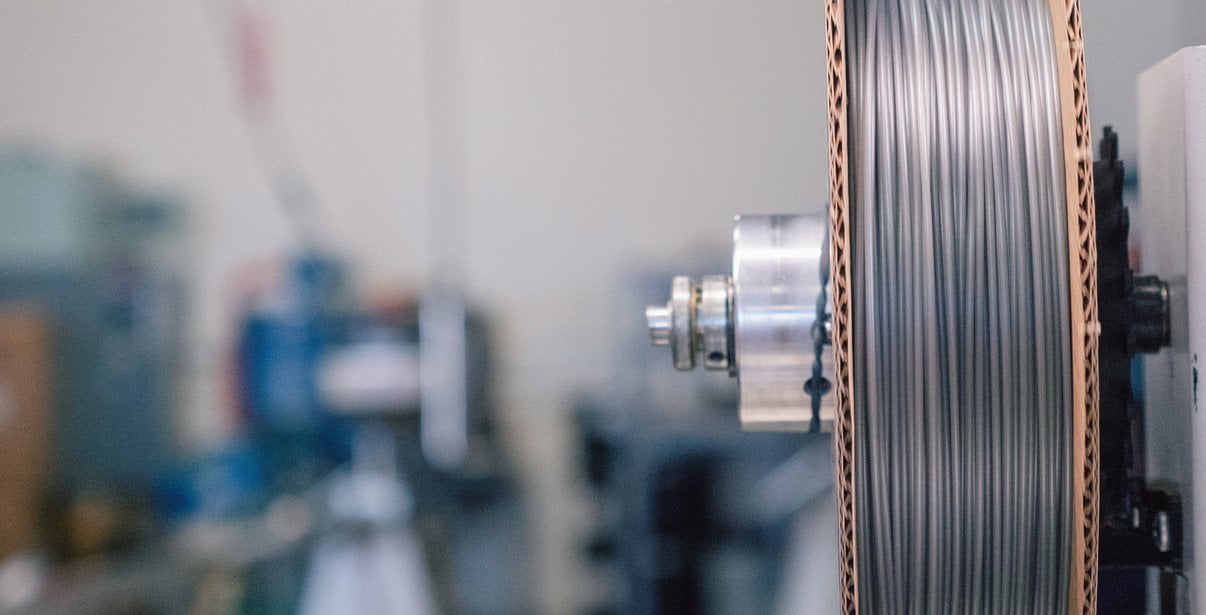
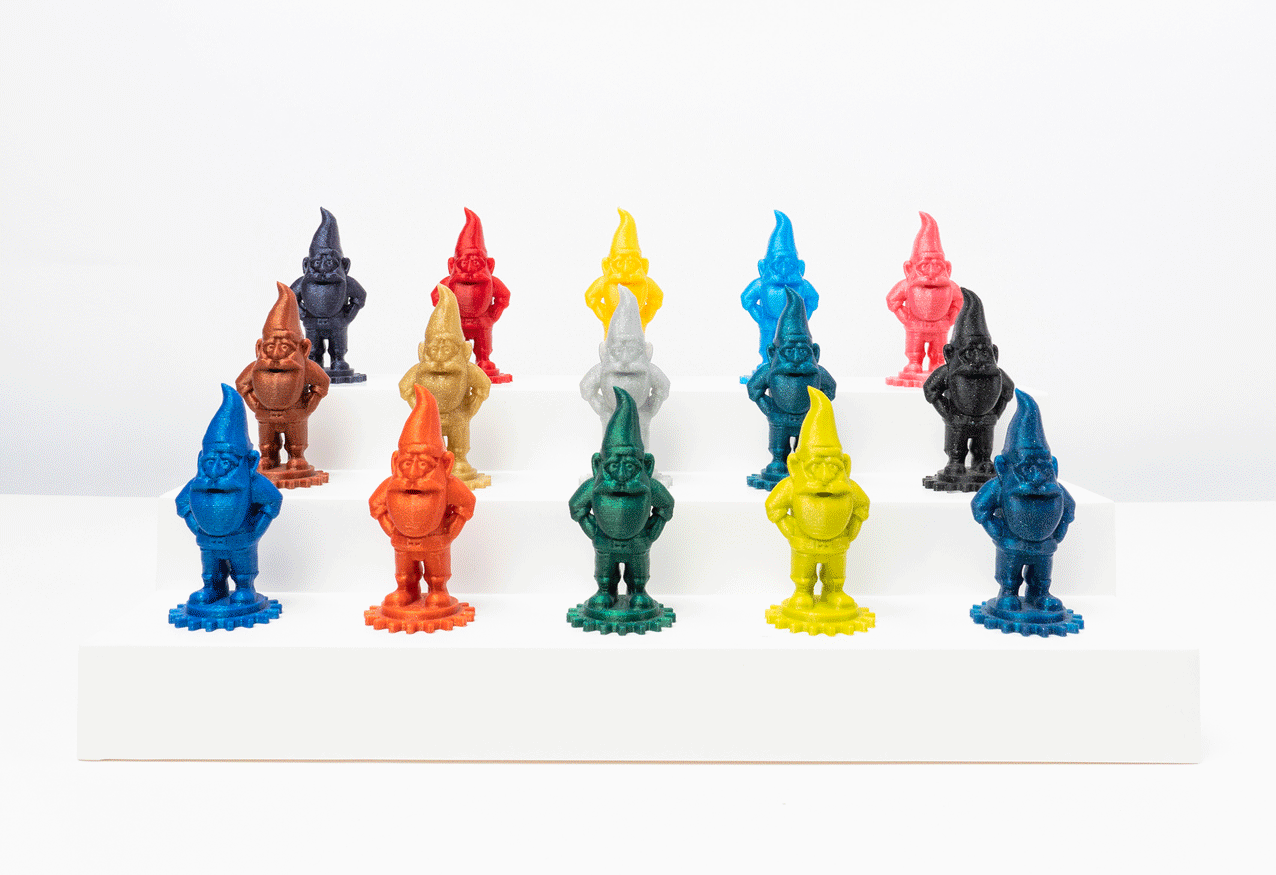
The look of Carbon Fiber without Carbon Fiber. Instead, Black Matte Fiber HTPLA uses plant fibers for a similar texture and sheen.
Great for both artistic and technical parts with no special hardware required!
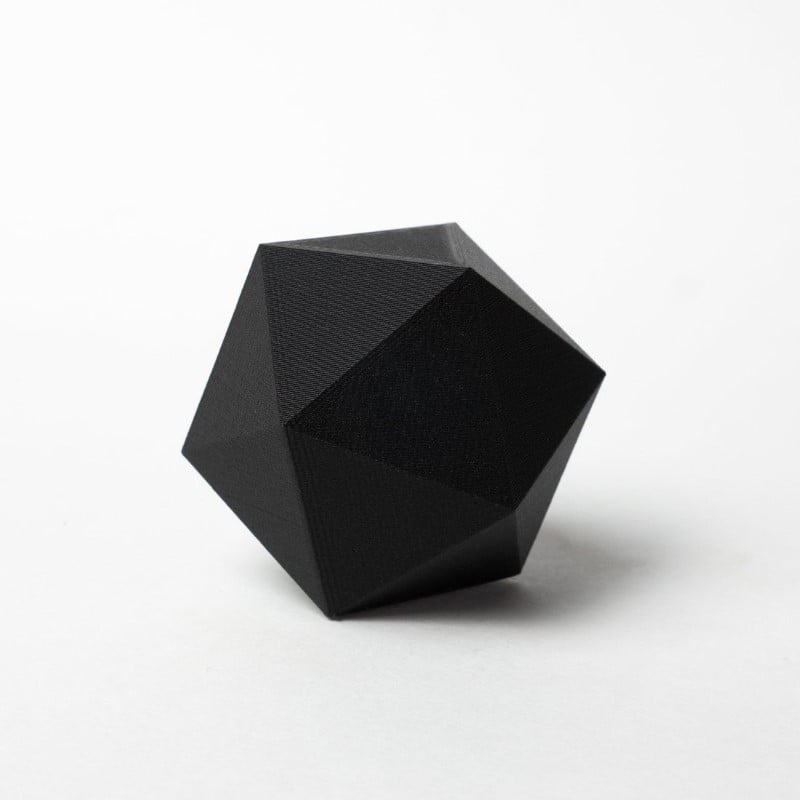

A great alternative to Carbon or Glass Fibers, Black Matte Fiber HTPLA uses plant fibers great looks in both artistic and technical parts with no special hardware required!
Printed parts have a low luster, textured surface which creates a highly desirable contrast between light and shadow. Texture, color, and sheen can be somewhat manipulated by printer settings as well as post-processing. Printed parts can also be smoothed or weathered with paint for alternate aesthetics. The plant-based fibers lend well to adhesion of paint and other aesthetic coatings.
Based on Proto-pasta HTPLA, this Matte Fiber version can be heat treated to retain more stiffness to higher temperatures. Dimensional stability is improved compared to HTPLA without fibers. The plant-based fibers improve adhesion of glues and coatings. Performance is similar to Carbon Fiber HTPLA but processing of Matte Fiber does NOT require a wear resistant nozzle.
No special hardware or nozzles are required for this plant-based composite. This material is not overly brittle, but is stiff and will break under excessive load. It prints like PLA on non-heated beds. Suggested print temperature is 190-230C, but we had good luck with a slow 1st layer at 230C on cold blue tape and 210C thereafter for a balance of strength and aesthetic.
This material does absorb moisture and dry filament is recommend for best results. When saturated with moisture, this material oozes more readily. Lowering flow and/or temperatures can minimize oozing and improve detail, though higher temperatures are recommended for best mechanical properties. With higher temperatures, ooze artifacts can be removed post build.
This material can be shaved/carved with a sharp blade for a smooth finish. Experiment with weathering or other painting techniques for a unique look. Also, expect improved bonding strength with glue compared to plastic without fiber.
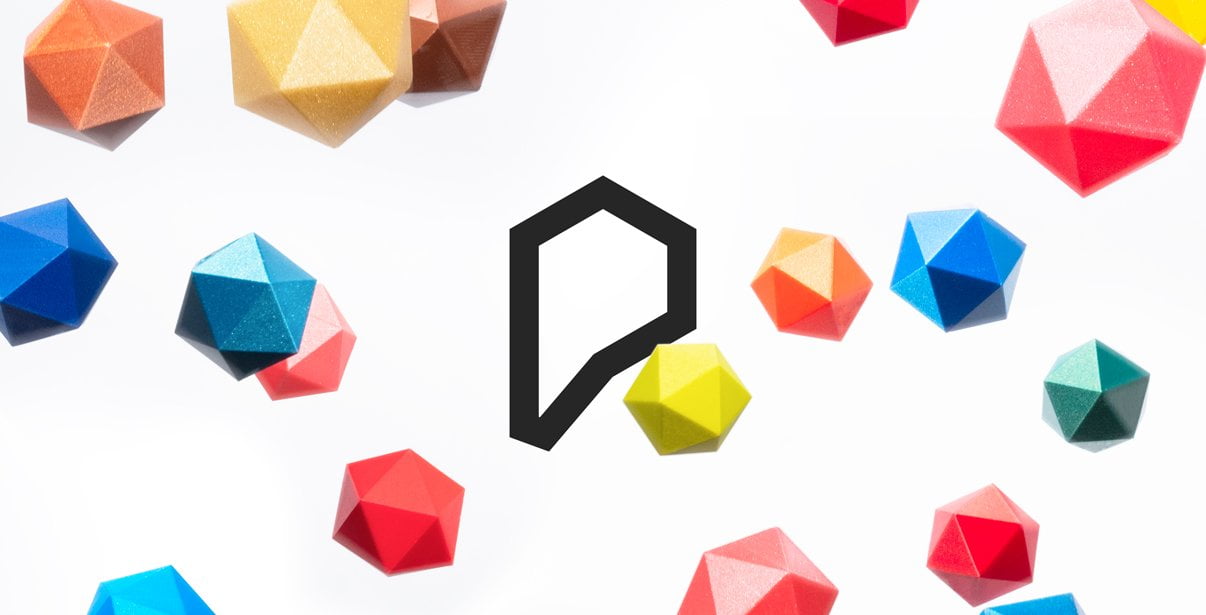
We've created this page to bring you a premium PLA and HTPLA printing experience that rivals our premium material. Follow below to improve your 3D printing experience. In other words, here's your shortcut to awesomeness with pasta. If at the end of this document you have questions or need assistance, please contact us at [email protected].
Loose coils can be very tricky to manage. Going cowboy on your spool handling can quickly end up in a frustrating, tangled mess. Keep your loose coils wrangled with a spool holder like masterspool for a more trouble-free experience. Find out more about loose coil handling in Keith's blog post.
And for spooled filament, never let go of the loose end. When not in the printer extruder, tuck it away in the cardboard spool's corrugation! Also, avoid sharp bends and excessive force when loading filament into your printer.
At Proto-pasta, we make high quality filament. We aspire to make exceptional results easy, but a positive result is very much dependent on your hardware, set-up, adjustments, and process parameters. Matching hardware with process and material for a positive experience is not always straight-forward, but you can start by pairing the following settings with your printer for a good starting point, then tune or troubleshoot as required.
Volume flow rate together with temperature dictates how melted the material is. This is hardware & condition dependent based on hot end, nozzle & extruder type, material & manufacturer as well as layer fan type, position & settings. Extrusion width, layer thickness & speed changes affect volume flow which may change required/desired temperature.
Post your prints & tag us @Proto_pasta on Twitter and Instagram. Need more help? Consider typical pitfalls and fixes below.
We visited Joel and ended up with a helpful video on the subject:
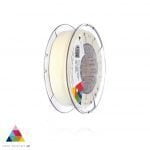
Para uma correcta manutenção da sua impressora 3D, recomendamos sempre que trocar de material de filamento 3D, a efectuar uma purga com filamento especial de limpeza.
Desta forma garante que não ficam vestígios de material nas paredes do nozzle, evitando o acumular de crosta que é criado sempre que efectua trocas de material.
Com este produto evita problema como "clogs" e "jams" e fará com que o seu nozzle mantenha-se sempre limpo, durando muito mais tempo.
Poderá encontrar a partir de 1.49€ no seguinte LINK
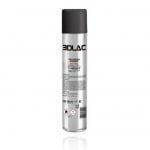
Para obter maior aderência à superfície da sua impressora 3D recomendamos a aplicar 3DLAC na base da plataforma.
Poderá encontrar no seguinte LINK
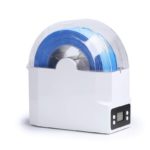
Este material é altamente higroscópico, absorvendo rapidamente a humidade do ar passados poucos minutos após aberto, impossibilitando desta forma a correcta impressão 3D do mesmo. O resultado das impressões 3D de materiais com humidade tendem a ser frágeis e de acabamento irregular ou em certos casos, torna-se simplesmente impossíveis de imprimir.
Deverá de usar soluções de caixas fechadas com dessecante como sílica ou caixas próprias secadoras de filamento.
Poderá encontrar no seguinte LINK
Download:
Technical and Safety Data Sheet
50g- Rolo
HTPLA Black ( Matte Fiber ) - Cor
1.75mm (+-0.05mm) - Espessura / Tolerância de diâmetro
Muito Fácil - Facilidade de Impressão
Only logged in customers who have purchased this product may leave a review.
| Peso | 0.15 kg |
|---|---|
| Marca | |
| Cor | Preto |
| Peso | Amostra, 50 g |
| Diâmetro do Filamento 3D | 1.75 mm |
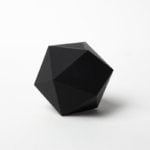
8.95 €